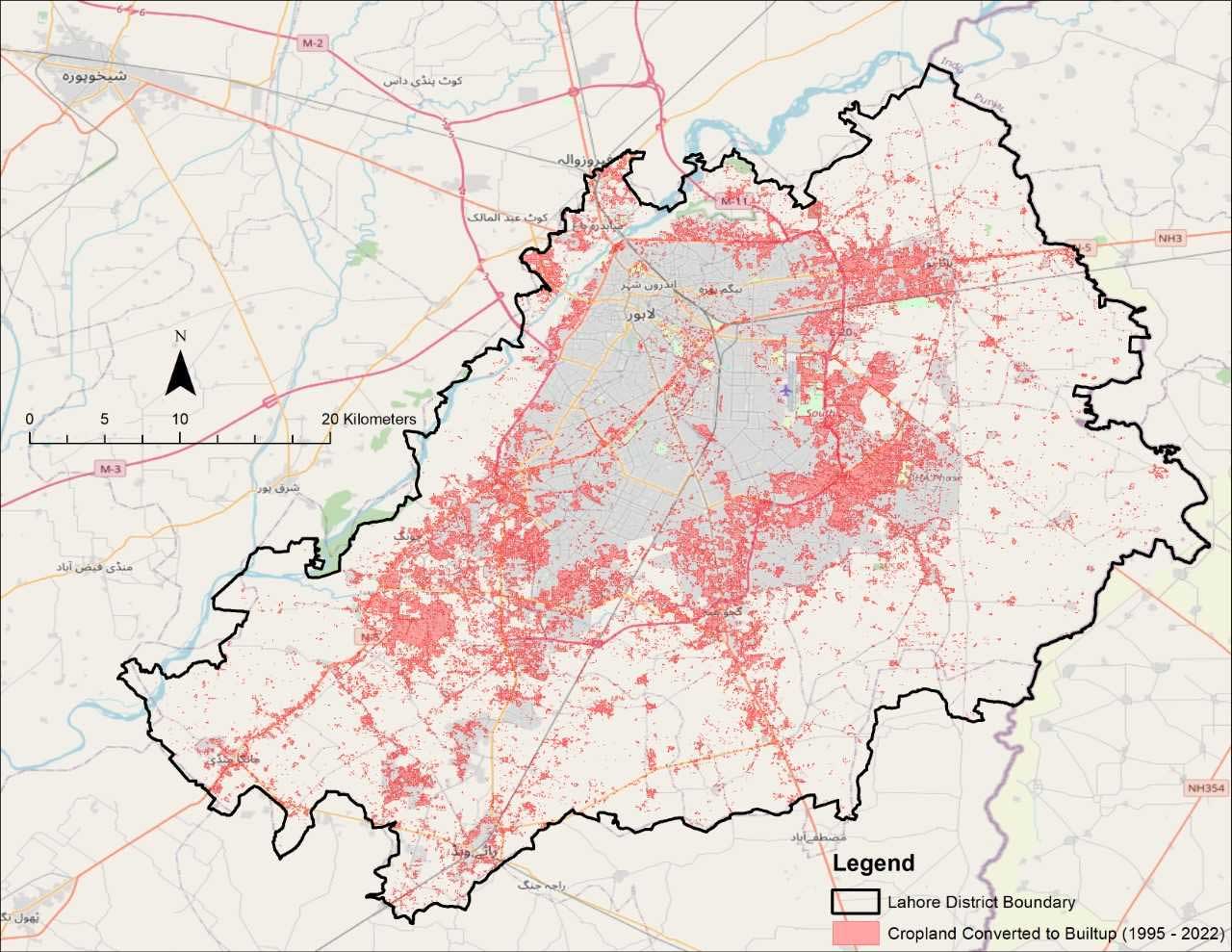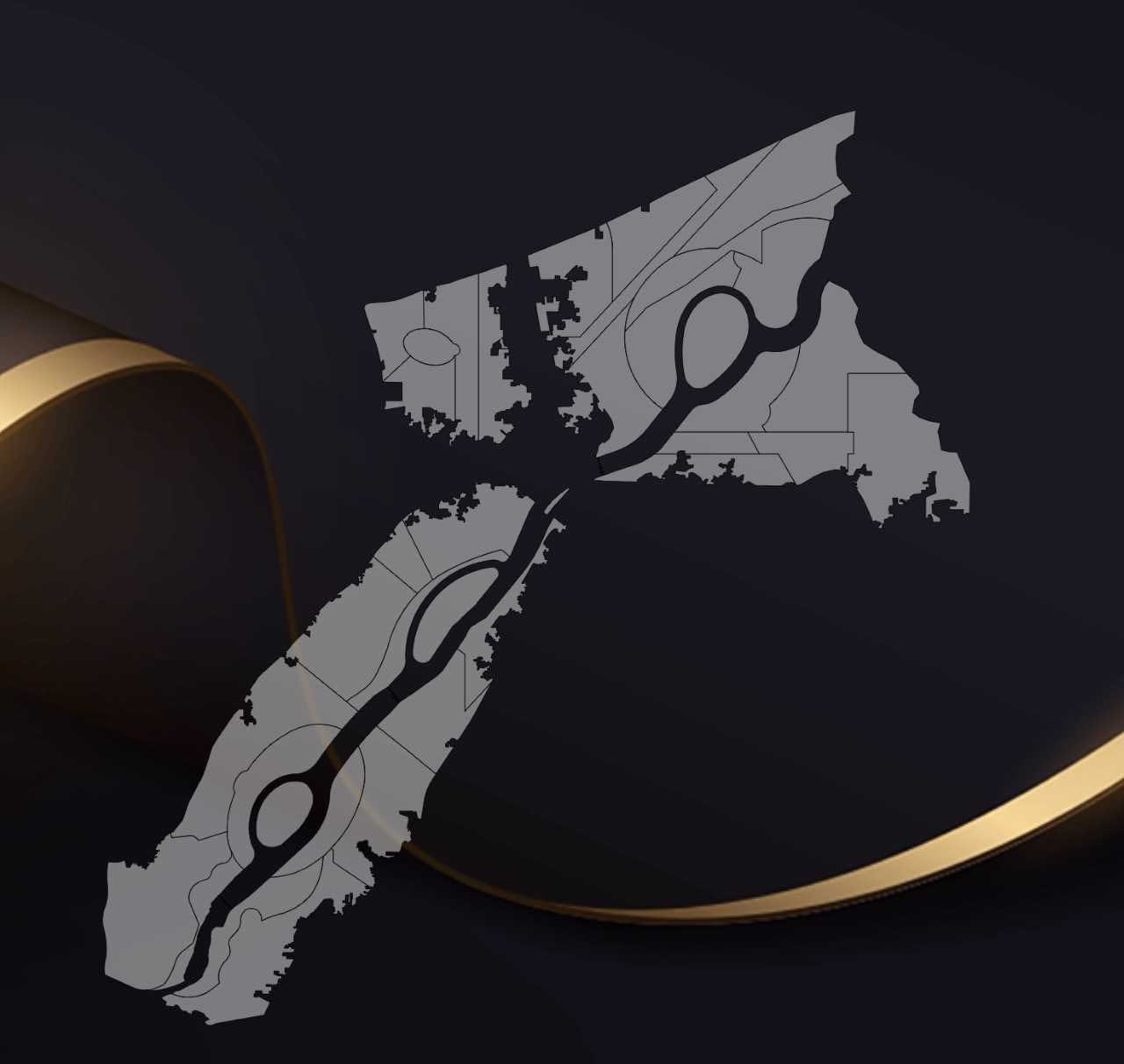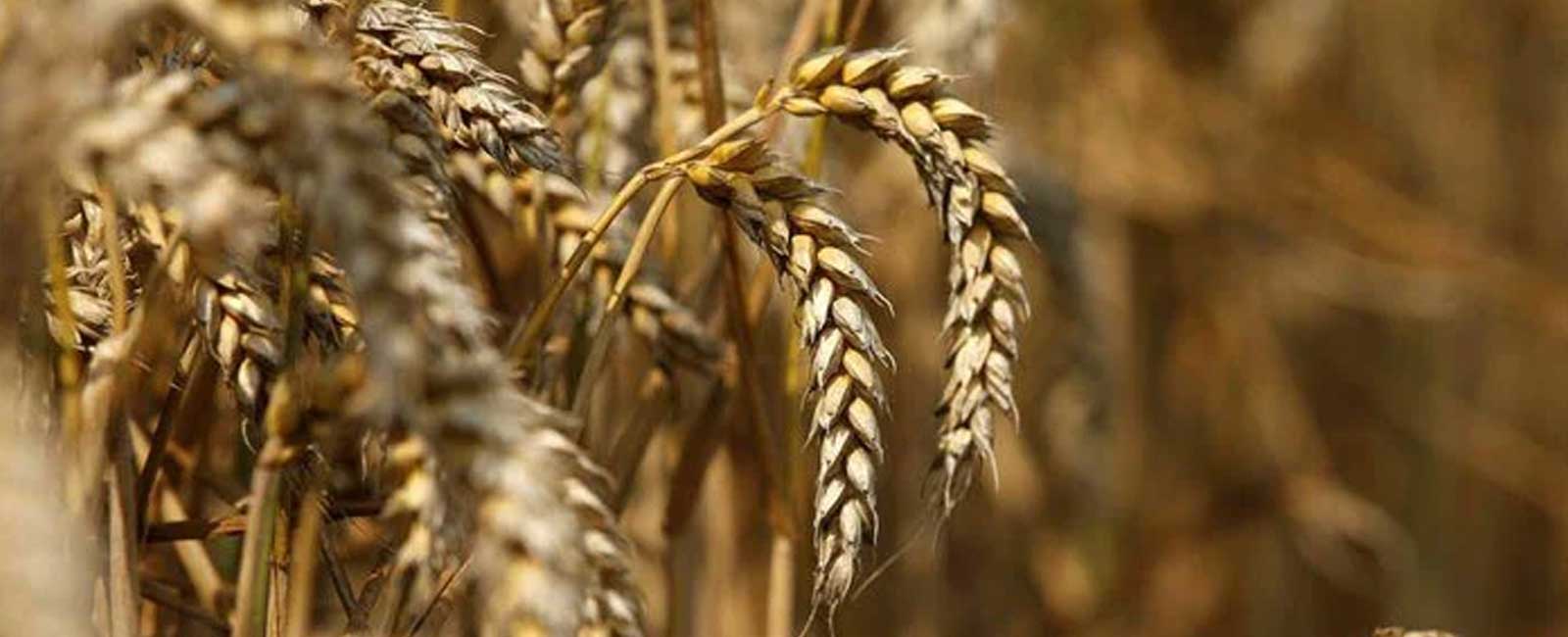Pakistan's agricultural heartland at risk: Concerns mount as Punjab's farmland gives way to housing development
Experts have been sounding the alarm of the implications of diminishing agricultural land in Punjab and what that may mean for the future of the country

Ishfaq Jutt, a wheat farmer residing in the Southern Punjab city of Jahanian, finds himself in a state of desperation.
With his income plummeting by 45% in the past decade, Jutt eagerly awaits offers from local real-estate developers to purchase his agricultural land.
"All the farmers around me are doing the same,” he tells Geo.tv over the phone, “I plan to sell the land and use the money to set up a business for my children.”
Jutt, a third-generation farmer, inherited his 10-acre farmland from his ancestors dating back to pre-partition times. However, he has no intention for his children to continue his legacy.
In Pakistan, farming is now a struggle for small-scale farmers like Jutt.
Persistent inflation has been driving up prices of pesticides, fertilisers and machinery, exacerbating the financial burden for farmers and squeezing their profit margins.
Moreover, the unpredictability of weather patterns have also wreaked havoc on crop yields in the last decade. Pakistan is ranked as the fifth most climate-vulnerable country in the world, according to the Global Climate Risk Index published by a non-profit group Germanwatch.
Pakistan’s Economic Survey for the financial year 2022-23, released by the ministry of finance, also noted that in the last couple of years the country has witnessed climatic shocks, which have adversely affected its agricultural sector.
“The [agricultural] sector’s productivity is highly sensitive to the frequency of adverse climatic events like flood and drought along with abnormal heat waves, rain, and glacial melt,” it added.
Today, farmers end up spending more out of their pockets than they earn.
“So tell me, what’s the point [of farming]?” Jutt asks.
This sentiment resonates with many others in the farming community, which is why in the Punjab province, a growing number of farmers are willingly selling their agricultural land to real-estate developers. While others are being compelled to give up their land for state housing projects.
In either case, the end result is the same: agricultural land is shrinking.
Experts have been sounding the alarm of the implications of diminishing agricultural land in Punjab and what that may mean for the future of the country.
How much land has Punjab lost?
According to official statistics, agriculture is a significant industry in Pakistan and the main driver of its economy. It contributes over 22% to the GDP and provides employment to 47% of the population, with Punjab playing a pivotal role as the nation’s breadbasket.
But in recent years, major cities in the province - Lahore, Faisalabad, Gujranwala, Multan and Rawalpindi - have lost tens of thousands of acres of farmland to public and private housing societies, found The Urban Unit, an autonomous research department of the government of Punjab.
“In Lahore alone, since 2000 over 35% of agricultural land has been converted to brown areas,” Samiullah Khan, manager remote sensing at the Urban Unit, told Geo.tv.

Mapping conducted by The Urban Unit indicates that a substantial portion of this land in and around Lahore has been swallowed up by three prominent housing societies: the military-run Defence Housing Authority (DHA) and the privately-owned Lake City and Bahria Town.
Today, the DHA Lahore alone stretches to over 300,000 kanals of land and is divided into 12 phases, according to its official website.
A satellite image captured by The Urban Unit also shows the stark transformation. Vast expanse of agricultural land in Lahore in 2003 contrast sharply with images from 2023, revealing conversion of agricultural land into Phase 6 of DHA Lahore.

Geo.tv reached out to the DHA Lahore office multiple times via calls and an email, but it could not get a response till the filing of this report.
Besides the prominent housing societies, numerous others are also encroaching upon green areas within the city. Around 380 private housing societies are operational in the Lahore district, while 156 have been established illegally, as per a report published by the government-run Lahore Development Authority (LDA).
“There is barely any agricultural land left in Lahore,” remarks Dr Urooj Saeed, a senior specialist at The Urban Unit, “If you look at the city’s recent maps, only around 10 square kilometers of [green] land is left, which is located near the international border [between India and Pakistan].”
Now, even cultivated land on Lahore’s peripheries is being eyed by the government.
In 2020, the federal government announced plans to construct a new city, known as the Ravi Riverfront City, along the banks of the river Ravi. Envisioned to cover an expansive 900 square kilometers, this new city aims to accommodate over 10 million people.
For comparison, the population of Lahore is 13 million, while it measures a little over 1,700 square kilometers.

“All this land [for the Ravi Riverfront City], more than 90% is prime agricultural land,” an senior government official, privy to the developments told Geo.tv, on the condition of anonymity, “Here wheat, rice and vegetables were grown for Lahore. Now, Lahore will have to get its vegetables from further away and that means higher food costs.”
To acquire land for the project, state officials have been employing a 1894 law, called the Land Acquisition Act, forcibly evicting farmers and residents from their homes. Some farmers have challenged these actions in court.
Multan, another significant urban center in Punjab, shares a similar plight.
From 1995 to 2022, the city has lost 94.5 square kilometers of cropland, nearly ten times the city of Chichawatni in the Sahiwal district of Punjab.
Known for cultivating major crops such as wheat, cotton, sugarcane, as well as mangoes and potatoes, Multan saw a significant number of mango orchards cleared for the construction of a DHA in late 2013.

“The DHA [in Multan] measures around 35 sq km and is the largest DHA in Punjab,” explained Samiullah Khan, who has mapped the area, “In fact, the Multan DHA is bigger than some of the smaller cities in Punjab.”
And this threat to agricultural land isn't confined to larger cities alone, explains Fizza Sajjad, an urban planner in Lahore.
“We are seeing signs of transformations in smaller cities as well where [real-estate] developers are buying land and converting them into land schemes,” she said over the phone.
But Sajjad adds that there is no complete data as of now to determine how much arable land has Punjab permanently lost to urban development in the last decade or so. For that, she explains, the state will need to conduct a deeper and extensive analysis.
Houses, but for whom?
There is another problem that growing rows of houses pose: they primarily cater to the affluent segments of society and fail to address genuine housing needs in Punjab.
Contrary to the perception of a housing shortage driving these developments, a 2022 report from the Islamabad-based Pakistan Institute of Development Economics (PIDE) highlights that the actual shortage is more acute in rural areas. However, all housing initiatives are concentrated in urban areas, perpetuating an "unnatural demand" in the real estate market.
“Some of these [housing] societies get approved but then stay unconstructed for years,” said Farhan Ali, a researcher at The Urban Unit, “So now, the agricultural land is neither being used to grow crops nor are houses being built on it. It’s a complete waste.”
Dr Saeed adds that most of the development happening in the cities is haphazard, as master plans for most cities are either outdated or have run into legal troubles.
“Anyone can use their influence nowadays to get their housing authority approved [by the government], and convert [agricultural] land,” she adds.
Shrinking agricultural land. Should Pakistan be worried?
If farmland acreage continues to reduce in Punjab, it would not bode well for the country’s environment or its economy, warn analysts.
Loss of agricultural land poses an immediate threat to food security, Sajjad explains.
“People who are reliant on agricultural land for their daily food intake, suddenly they are now reliant on the market,” she tells Geo.tv, “If cities have to source food from further and further away than the cost [of food] of course goes up.”
Pakistan, the world’s fifth most populous country, has already been ranked 99th out of 129 nations in the Global Hunger Index report of 2023.
Other impacts of the loss of productive land, include rise in temperatures as green spaces reduce, loss of biodiversity and worsening air quality.
“As a result of the unchecked sprawl, distances between cities in Punjab are growing,” said Sajjad, “And all of this [urban] development is catering to motorised transport. More cars mean more emissions.”
Last year the Swiss group IQAir ranked Pakistan in its top five most polluted countries, with Lahore, a major city in Punjab, earning the dubious distinction of being the world's most polluted city.
Sajjad stresses that the current development model is unsustainable in the long term and calls for a reevaluation of priorities by the state.
Dr Saeed echoed the same concern. The conversion of farmland into residential, commercial, or industrial areas in Punjab is “irreversible”.
"Once agricultural land is lost, well, it's lost forever," she asserts.
Punjab’s newly-appointed minister for agriculture, Ashiq Hussain Kirmani, doesn’t disagree either. He told Geo.tv that he was aware of the conversion of rich agricultural land for urban development, such as housing societies or industrialisation.
“This is a serious loss,” he said over the phone, “Yes, the population is increasing. Yes, houses need to be built. But we also need to think about how we will feed ourselves [in the future].
Kirmani went on to mention that the new government in Punjab was actively formulating strategies to address this issue, although he did not provide specific details at this time.
— Header image via Reuters
— Thumbnail image via AFP




